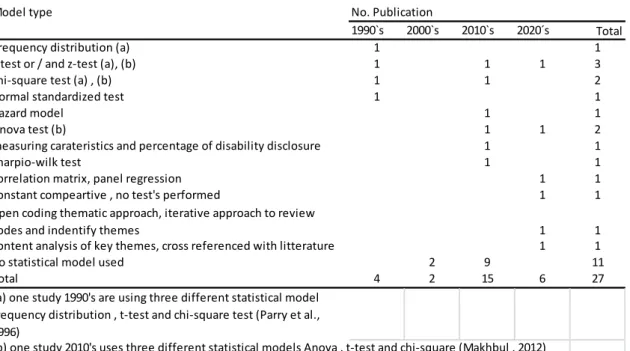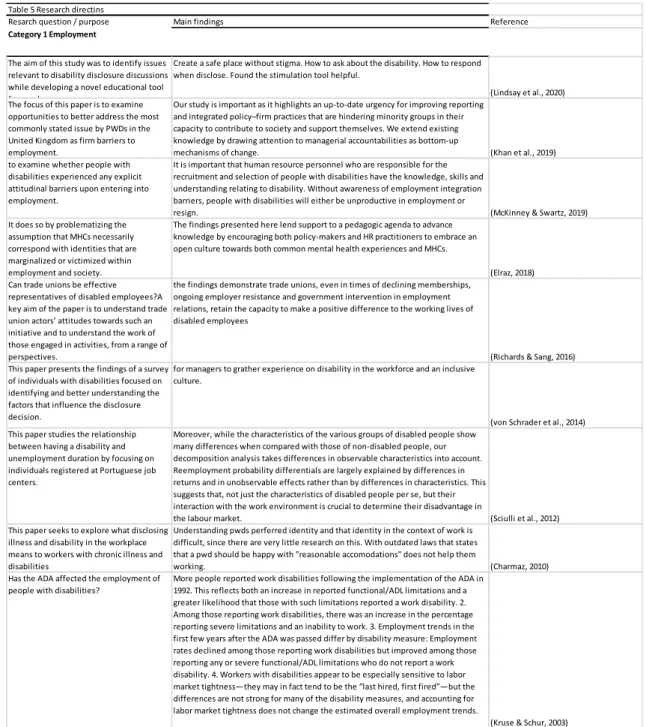Disability and Business
Full text
Figure




Related documents
Koldioxidavskiljning och lagring i vetenskap och politik.
Choice experiment results for the respondents who received a questionnaire where the lottery that stayed the same in all rounds was called B (the version were the names of lottery A
Analyses of group differences between clusters were carried out using Analysis of variance (ANOVA), repeated measures ANOVA, and post hoc t-test with Tukey’s HSD
Parents’ descriptions and experiences of young children recently diagnosed with intellectual
In order to increase the redundancy for vehicle lateral position, we propose a new type of cat’s eye pavement marker that reflects the following type of signals: visible light,
Jag anser också att eleverna måste få vara sig själva i största mån, de får dock inte störa andra i deras
I relation till detta datamaterial är det framförallt åren från skolans begynnelse (1897) och fram till tiden runt andra världskrigets utbrott (1938) som Hola Folkhögskola
In rejecting the unproblematised mantra that all personal life is worthwhile, and valuing not individual autonomy, but the productive possibilities of interconnections, assisted
